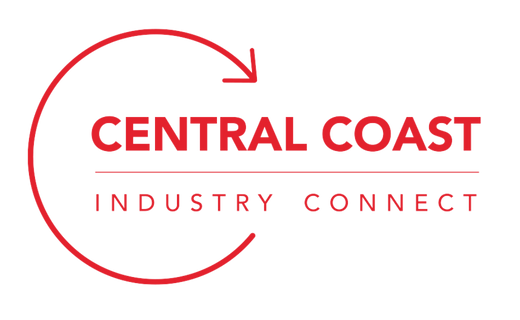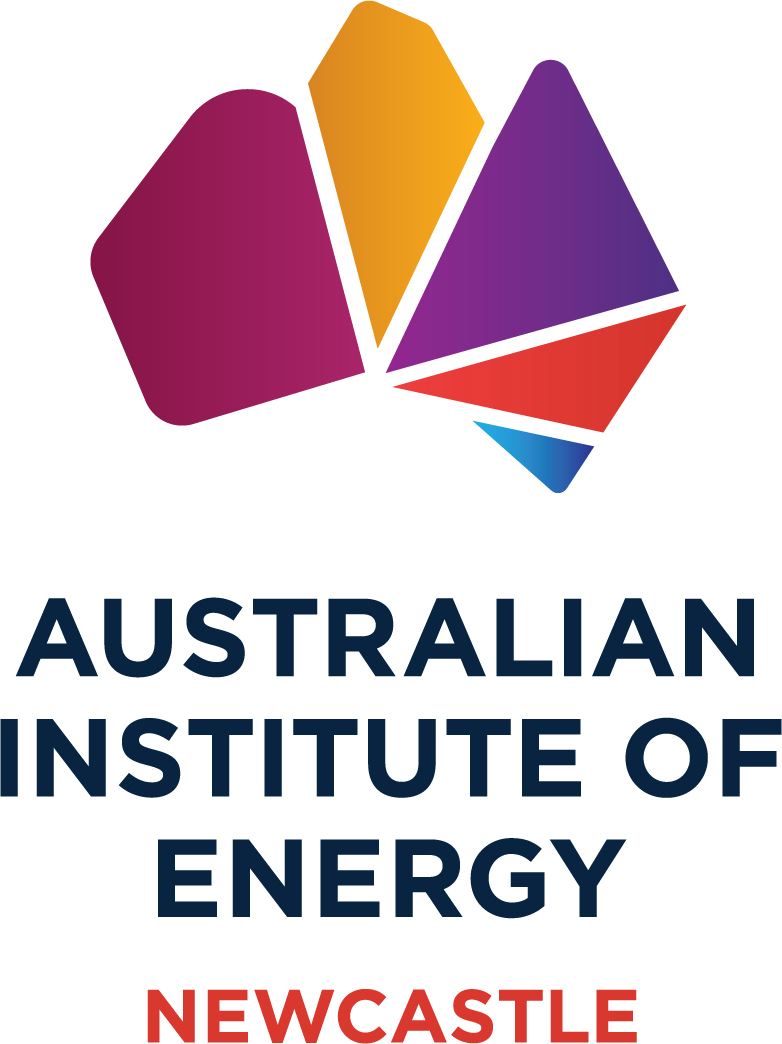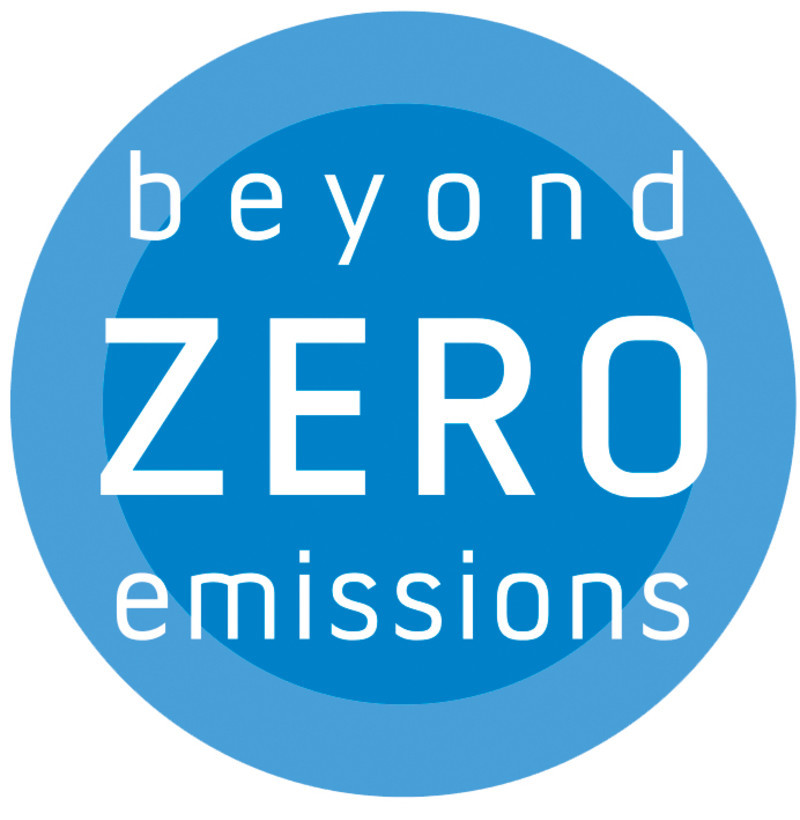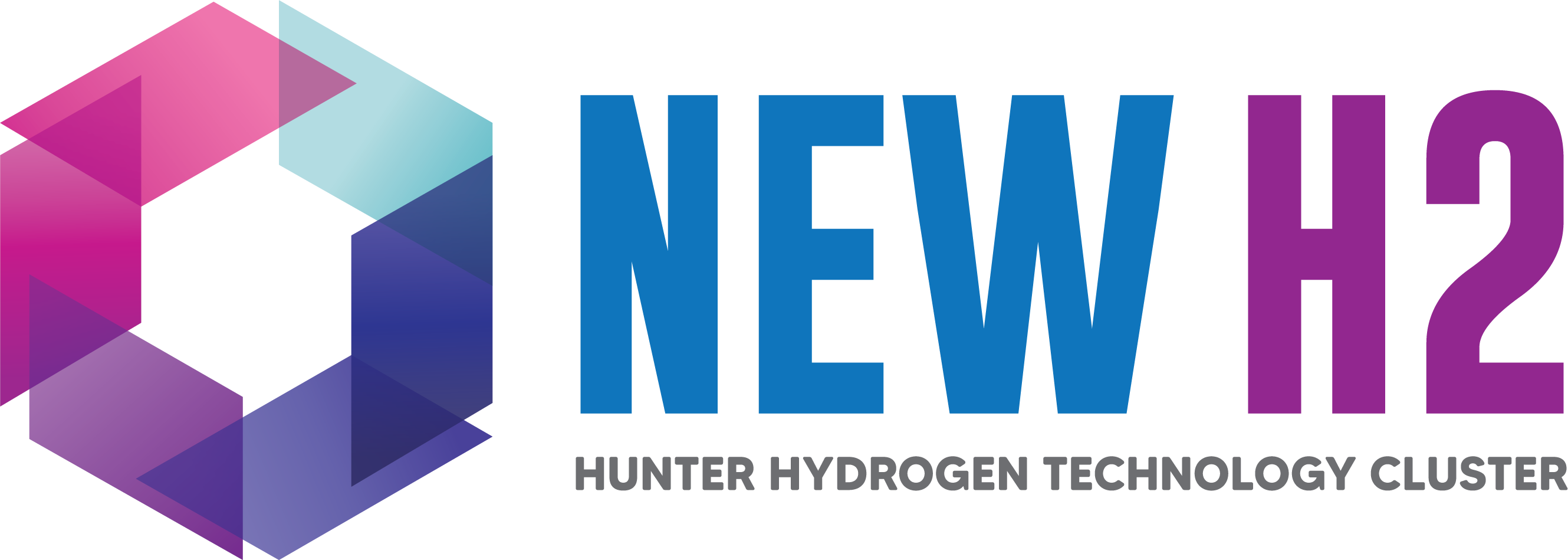New guide to help clean energy developers share project benefits with locals
Projects like wind and solar farms have a wide range of benefit sharing methods available.

A new guide released by the Clean Energy Council today at the All-Energy Australia Exhibition and Conference in Melbourne provides a huge range of ideas.
The guide, supported by the Australian Renewable Energy Agency (ARENA), is intended to provide a practical tool to assist project proponents, financiers, policy makers and communities to understand the wide range of benefit sharing methods available.
“Benefit sharing aims to ensure that communities as a whole benefit from a new development. It has been a growing feature of many renewable energy developments for many years now, but some approaches are more established than others. The guide is designed to share a wide range of ideas for ways that renewable energy projects can amplify their positive impact in their local communities,” said Anna Freeman, Clean Energy Council Director Energy Generation.
“The Clean Energy Council would like to see benefit sharing become a feature of all renewable energy projects. The form that it takes should be determined in consultation with the local community – there is no one-size-fits-all.
“This guide outlines key principles for effective benefit sharing and provides detailed overviews of a range of different options, from employment and procurement strategies to sponsorship and grants programs, and community co-ownership and investment,” she said.
A guide to benefit sharing for renewable energy projects showcases a range of Australian firsts, including Australia’s first renewable energy co-ownership model (Coonooer Bridge Wind Farm, Windlab) and the country’s first large-scale project to be opened up for public community investment (Sapphire Wind Farm, CWP Renewables).
Ms Freeman said a particular focus of the guide was to share detailed information about how some of these emerging models had been implemented, in order to help other proponents evaluate and replicate the approaches where appropriate.
“Community co-investment and co-ownership models have been very effective strategies for achieving deep community engagement with renewable energy developments, but they remain rather novel in commercial, large-scale renewable energy developments,” she said.
“We want to share some fantastic case studies from those who have already navigated this path with the broader industry and widen the range of options that proponents and communities can consider.”













